Home>Home Appliances>Bathroom Appliances>What Is Hair Dryer
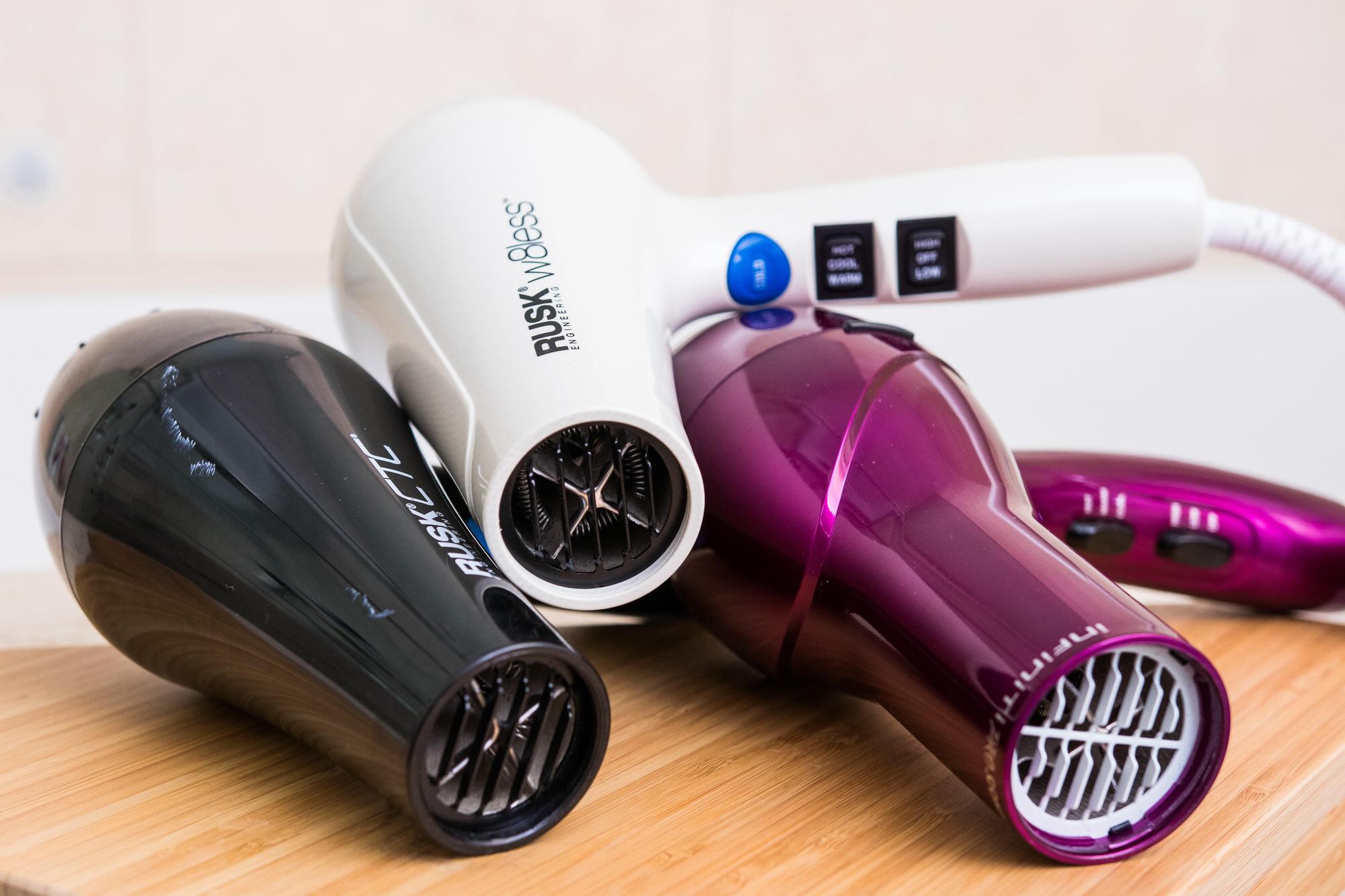

Bathroom Appliances
What Is Hair Dryer
Modified: September 1, 2024
Discover the benefits of using a hair dryer and find the perfect one for your needs. Explore our range of bathroom appliances for a convenient and efficient hair drying experience.
(Many of the links in this article redirect to a specific reviewed product. Your purchase of these products through affiliate links helps to generate commission for Storables.com, at no extra cost. Learn more)
Introduction
Read more: What Hair Dryer Is Best For Fine Hair
What Is a Hair Dryer?
For many, a hair dryer is an essential tool in their daily routine, but have you ever stopped to consider how this common appliance actually works? In this guide, we’ll delve into the fascinating world of hair dryers, exploring their history, functionality, and various types available on the market today. Whether you’re a beauty enthusiast, a professional stylist, or simply someone looking to understand the science behind this everyday device, this article will provide valuable insights into the world of hair dryers.
From its humble beginnings to the advanced models of today, the hair dryer has undergone significant transformations, becoming a staple in bathrooms worldwide. Understanding the intricacies of this seemingly simple device can lead to better purchasing decisions, improved styling techniques, and enhanced safety practices. So, let’s embark on a journey through the evolution, mechanics, and practical aspects of hair dryers, shedding light on their importance and utility in modern life.
Key Takeaways:
- Hair dryers have come a long way from their bulky, noisy beginnings to sleek, efficient models. Understanding their history and technology can help you choose the best one for your hair type and styling needs.
- When using a hair dryer, remember to maintain a safe distance, use heat protectant products, and clean the dryer regularly. These tips will help you achieve beautiful, healthy hair while minimizing the risk of damage.
History of Hair Dryers
The history of the hair dryer dates back to the late 19th century, with early versions of this essential grooming tool being far from the sleek, lightweight models we know today. In fact, the first hair dryer was a large, heavy, and cumbersome device that bore little resemblance to the compact, user-friendly designs we use in the present day.
The initial concept of the hair dryer involved a simple mechanism: a person would sit under a hood connected to a chimney pipe, with hot air generated by a fire or a hand-cranked blower. This rudimentary method, although effective in drying hair, was far from convenient or safe. Over time, innovations in electrical engineering and industrial design led to the development of the handheld hair dryer, revolutionizing the way people styled their hair.
In the 1920s, handheld hair dryers began to emerge, although they were still bulky and noisy, with a tendency to overheat. These early models were often used in salons and were a luxury item for personal use due to their high cost and limited availability. As technology advanced, hair dryers became more accessible and affordable, leading to widespread adoption in households around the world.
Throughout the 20th century, hair dryers underwent significant improvements in terms of safety, efficiency, and ergonomics. The introduction of materials such as plastic and ceramic contributed to lighter and more durable designs, while the integration of advanced heating elements and airflow systems enhanced performance and reduced drying times.
Today, hair dryers are not only a common sight in bathrooms and salons but also a diverse market with a wide range of options to suit various styling needs. From compact travel dryers to professional-grade models with cutting-edge technology, the evolution of hair dryers continues to shape the way we care for and style our hair, reflecting the ongoing quest for innovation and convenience in personal grooming.
How Hair Dryers Work
Understanding the inner workings of a hair dryer can provide valuable insight into its functionality and the science behind effective hair styling. At its core, a hair dryer is a simple yet ingenious device that harnesses the principles of thermodynamics to dry and style hair efficiently.
When the hair dryer is switched on, electricity powers a fan that draws in air from the surrounding environment. This air is then directed through the heating element, where it is rapidly warmed to the desired temperature. The hot air is then expelled through the nozzle of the hair dryer, creating a powerful stream that can be used to dry wet hair or style it in various ways.
The heating element in a hair dryer is typically made of nichrome wire, an alloy known for its high electrical resistance and ability to generate intense heat when an electric current passes through it. This heated wire warms the incoming air, raising its temperature and effectively evaporating the moisture from the hair shafts.
In addition to the heating element, modern hair dryers often incorporate advanced technologies such as ceramic or tourmaline components. These materials are renowned for their ability to emit infrared heat, which is less damaging to the hair and helps to seal the hair cuticles, resulting in smoother, shinier locks.
Furthermore, many hair dryers feature adjustable heat and speed settings, allowing users to customize their drying experience based on their hair type and styling preferences. Lower heat settings are ideal for fine or damaged hair, while higher settings can quickly dry thick or coarse hair without causing excessive heat damage.
When used in conjunction with styling tools such as brushes or combs, the airflow from a hair dryer can be manipulated to create a variety of hairstyles, from sleek and straight to voluminous and bouncy. This versatility makes the hair dryer a versatile and indispensable tool for achieving a wide range of looks, whether at home or in a professional salon setting.
By harnessing the principles of airflow, heat, and technology, hair dryers have become an indispensable tool for individuals seeking efficient and effective hair care solutions. The ability to control temperature, airflow, and styling techniques empowers users to achieve their desired look while minimizing heat damage and maximizing the health and appearance of their hair.
Types of Hair Dryers
When it comes to hair dryers, there is a diverse array of options available, each tailored to meet specific styling needs and preferences. Understanding the various types of hair dryers can help individuals make informed decisions when selecting the ideal model for their hair type and styling routine.
Read more: What Is A Diffuser On A Hair Dryer
1. Ionic Hair Dryers
Ionic hair dryers utilize negative ions to break down water molecules on the hair shaft, resulting in faster drying times and reduced frizz. This technology is particularly beneficial for individuals with frizzy or unruly hair, as it helps to create a smoother, sleeker finish while minimizing heat damage.
2. Ceramic Hair Dryers
Ceramic hair dryers feature heating elements made of ceramic material, which emits gentle, infrared heat. This helps to distribute heat evenly, preventing hot spots and minimizing the risk of hair damage. Ceramic hair dryers are suitable for individuals with fine or delicate hair that requires a more gentle drying approach.
3. Tourmaline Hair Dryers
Tourmaline hair dryers incorporate crushed tourmaline gemstones into their components, allowing them to emit negative ions and infrared heat. This combination results in faster drying, reduced static, and enhanced shine, making tourmaline hair dryers an excellent choice for achieving smooth, glossy hair with minimal frizz.
4. Professional Hair Dryers
Professional hair dryers are designed for salon use and are characterized by robust construction, powerful motors, and advanced features. These dryers are ideal for individuals who require high-performance tools for frequent styling or have thick, long hair that demands efficient drying and styling capabilities.
Read more: What Is The Best Hair Dryer For Curly Hair
5. Travel Hair Dryers
Travel hair dryers are compact, lightweight, and designed for portability, making them an ideal choice for individuals on the go. These dryers are equipped with folding handles and dual voltage capabilities, allowing for easy storage and use during travel, whether domestically or internationally.
6. Hooded Hair Dryers
Hooded hair dryers consist of a large, hooded unit that encases the head, providing even heat distribution for gentle, uniform drying. These dryers are commonly used in salons for deep conditioning treatments, setting hairstyles, or achieving voluminous curls, making them a versatile option for professional styling needs.
By understanding the unique features and benefits of each type of hair dryer, individuals can select the most suitable model to enhance their hair care routine and achieve their desired styling results. Whether prioritizing speed, frizz reduction, or portability, there is a hair dryer designed to cater to a diverse range of styling preferences and hair types.
Features to Consider When Buying a Hair Dryer
When shopping for a hair dryer, it’s essential to consider a range of features to ensure that the chosen model aligns with your hair type, styling preferences, and lifestyle. By understanding the key attributes to look for, individuals can make informed decisions and invest in a hair dryer that meets their specific needs. Here are several important features to consider when purchasing a hair dryer:
1. Wattage
The wattage of a hair dryer determines its power and heat output. Higher wattage models can provide faster drying times, making them suitable for thick or coarse hair, while lower wattage options are gentler and more appropriate for fine or damaged hair.
Read more: What Is Tourmaline Hair Dryer
2. Heat and Speed Settings
Look for a hair dryer with adjustable heat and speed settings to accommodate different styling needs. Multiple settings allow for customized drying experiences, ensuring that the heat and airflow can be tailored to individual hair types and desired styles.
3. Ionic or Ceramic Technology
Consider hair dryers with ionic or ceramic technology, as these features can help reduce frizz, seal the hair cuticles, and minimize heat damage. Ionic dryers are effective at speeding up drying times, while ceramic dryers provide gentle, even heat distribution.
4. Attachments and Accessories
Some hair dryers come with various attachments, such as concentrator nozzles and diffusers, which can enhance styling versatility. Concentrator nozzles are ideal for directing airflow for smoother, sleeker results, while diffusers are suitable for creating volume and defining curls.
5. Ergonomic Design
Look for a hair dryer with an ergonomic design that offers comfortable handling and ease of use. Lightweight, well-balanced models with ergonomic handles can reduce strain during styling sessions, making the process more comfortable and convenient.
Read more: What Is An Infrared Hair Dryer
6. Cool Shot Button
A cool shot button is a valuable feature that allows users to blast a burst of cool air to set their hairstyles in place. This function is particularly useful for locking in curls, adding shine, and providing a finishing touch to styled hair.
7. Removable Air Intake Filter
Opt for a hair dryer with a removable air intake filter, as this feature allows for easy cleaning and maintenance, ensuring that the dryer operates efficiently and prolonging its lifespan.
8. Dual Voltage Capability
For frequent travelers, a hair dryer with dual voltage capability is essential. This feature enables the dryer to be used internationally, accommodating different electrical systems without the need for a voltage converter.
By taking these features into account, individuals can select a hair dryer that aligns with their specific requirements, whether they prioritize speed, styling versatility, hair health, or travel convenience. Investing in a high-quality hair dryer that caters to individual needs can significantly enhance the hair care and styling experience, promoting healthy, beautiful results.
Proper Use and Safety Tips for Hair Dryers
While hair dryers are indispensable tools for achieving desired hairstyles, it is crucial to use them safely and effectively to prevent damage to the hair and ensure personal well-being. By following proper usage and safety guidelines, individuals can maximize the benefits of their hair dryers while safeguarding the health of their hair and scalp. Here are essential tips for the proper use and safe handling of hair dryers:
Read more: What Is The Best Hair Dryer
1. Start with Towel-Dried Hair
Prior to using a hair dryer, gently towel-dry the hair to remove excess moisture. This initial step reduces the time and heat required for drying, minimizing potential damage to the hair shafts.
2. Maintain an Appropriate Distance
When using a hair dryer, hold it at a distance of 6 to 8 inches from the hair to prevent overheating and minimize the risk of heat damage. Moving the dryer continuously and evenly across the hair ensures thorough and gentle drying.
3. Use Heat Protectant Products
Apply a heat protectant product, such as a spray or serum, to the hair before using a dryer. This helps to create a protective barrier, reducing the impact of heat on the hair and minimizing potential dryness and breakage.
4. Avoid High Heat on Wet Hair
Refrain from using high heat settings on soaking wet hair, as this can cause excessive heat exposure and potential damage. Start with a lower heat setting and gradually increase it as the hair becomes drier.
Read more: What Are Hair Dryer Attachments For
5. Move the Dryer Continuously
Continuous movement of the hair dryer prevents concentrated heat exposure on specific areas of the hair, reducing the risk of overheating and minimizing the potential for heat-related damage.
6. Cool Down the Hair
Utilize the cool shot button on the hair dryer to blast cool air onto the hair after styling. This helps to set the hairstyle, seal the hair cuticles, and enhance shine while reducing frizz.
7. Clean the Dryer Regularly
Regularly clean the air intake filter and remove any lint or debris from the dryer to maintain optimal airflow and prevent overheating. A clean dryer operates more efficiently and reduces the risk of malfunctions.
8. Unplug After Use
After each use, unplug the hair dryer from the power source to prevent the risk of electrical hazards and ensure safety. Proper storage of the dryer in a cool, dry place also prolongs its lifespan.
Read more: What Is The Best Chi Hair Dryer
9. Avoid Overuse
Avoid excessive and prolonged use of the hair dryer, as this can lead to over-drying and potential damage to the hair. Allow the hair to air dry naturally whenever possible to minimize heat exposure.
By adhering to these proper usage and safety tips, individuals can make the most of their hair dryers while safeguarding the health and integrity of their hair. Practicing safe and effective hair drying techniques contributes to maintaining lustrous, healthy hair and promoting a positive styling experience.
Conclusion
The humble hair dryer has evolved from a rudimentary, cumbersome device to a sophisticated, indispensable tool that plays a vital role in personal grooming and styling routines. Understanding the history, functionality, and diverse types of hair dryers provides valuable insights into the significance of this everyday appliance and its impact on modern hair care practices.
From the early days of sitting under hooded contraptions to the advanced, lightweight models available today, the hair dryer has undergone significant transformations, driven by technological advancements and a commitment to enhancing user experience. The incorporation of innovative features such as ionic, ceramic, and tourmaline technologies has revolutionized the way individuals dry and style their hair, offering solutions for diverse hair types and styling preferences.
When purchasing a hair dryer, considering essential features such as wattage, heat and speed settings, and ergonomic design empowers individuals to select a model that aligns with their specific needs, whether prioritizing efficiency, hair health, or travel convenience. By investing in a high-quality hair dryer tailored to individual requirements, users can optimize their hair care and styling experiences, achieving desired results while minimizing potential damage.
Furthermore, adhering to proper usage and safety tips when using a hair dryer is paramount for maintaining the health and integrity of the hair. From towel-drying the hair to utilizing heat protectant products and avoiding overuse, implementing these guidelines ensures safe and effective hair drying practices, promoting healthy, lustrous hair and a positive styling experience.
In conclusion, the hair dryer stands as a testament to the intersection of innovation, functionality, and personal care. Its evolution reflects a commitment to enhancing convenience, efficiency, and hair health, making it an essential companion in daily grooming rituals. By embracing the rich history, advanced technology, and practical considerations associated with hair dryers, individuals can elevate their hair care routines, unlock styling versatility, and achieve optimal results, all while prioritizing the safety and well-being of their hair.
Frequently Asked Questions about What Is Hair Dryer
Was this page helpful?
At Storables.com, we guarantee accurate and reliable information. Our content, validated by Expert Board Contributors, is crafted following stringent Editorial Policies. We're committed to providing you with well-researched, expert-backed insights for all your informational needs.
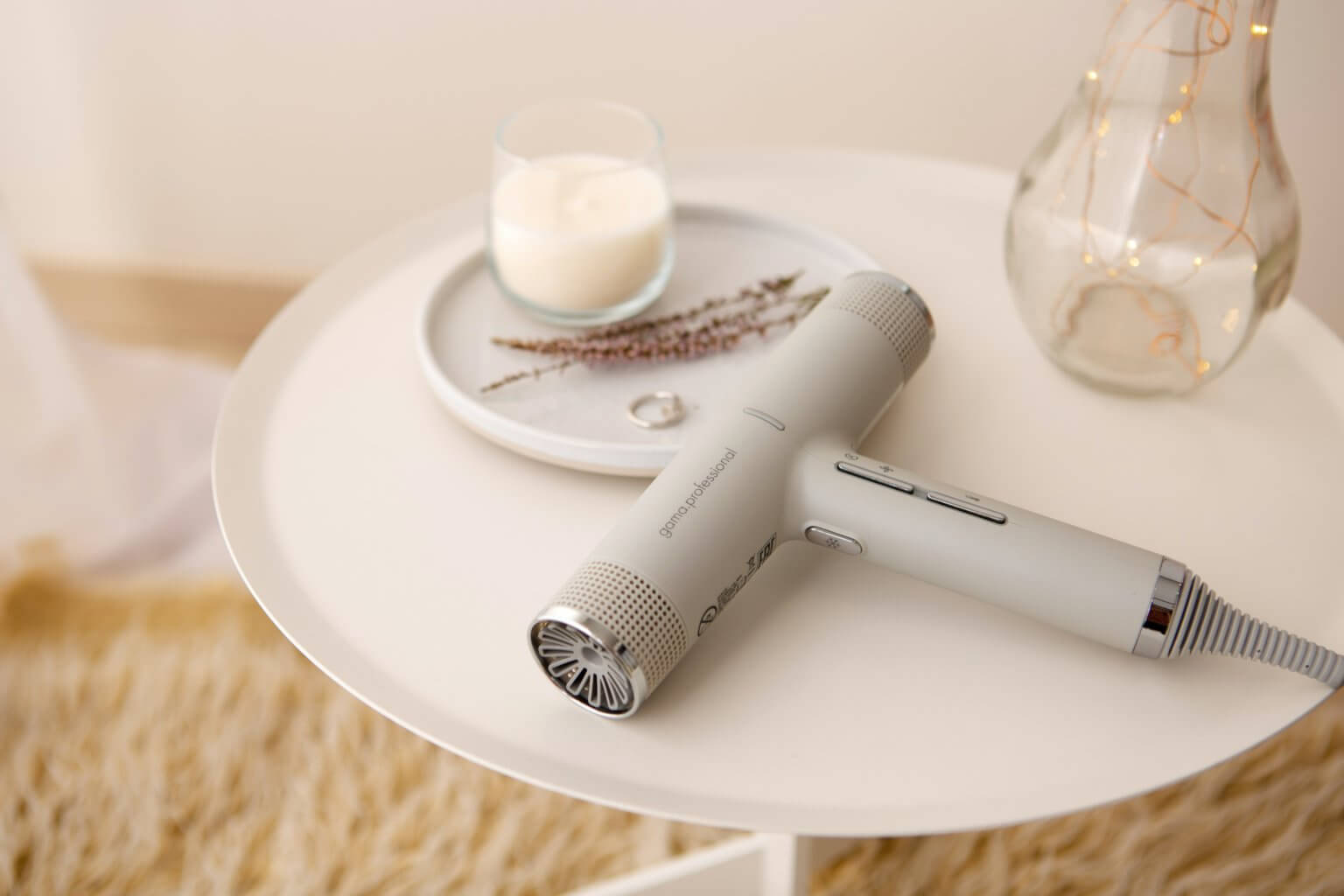
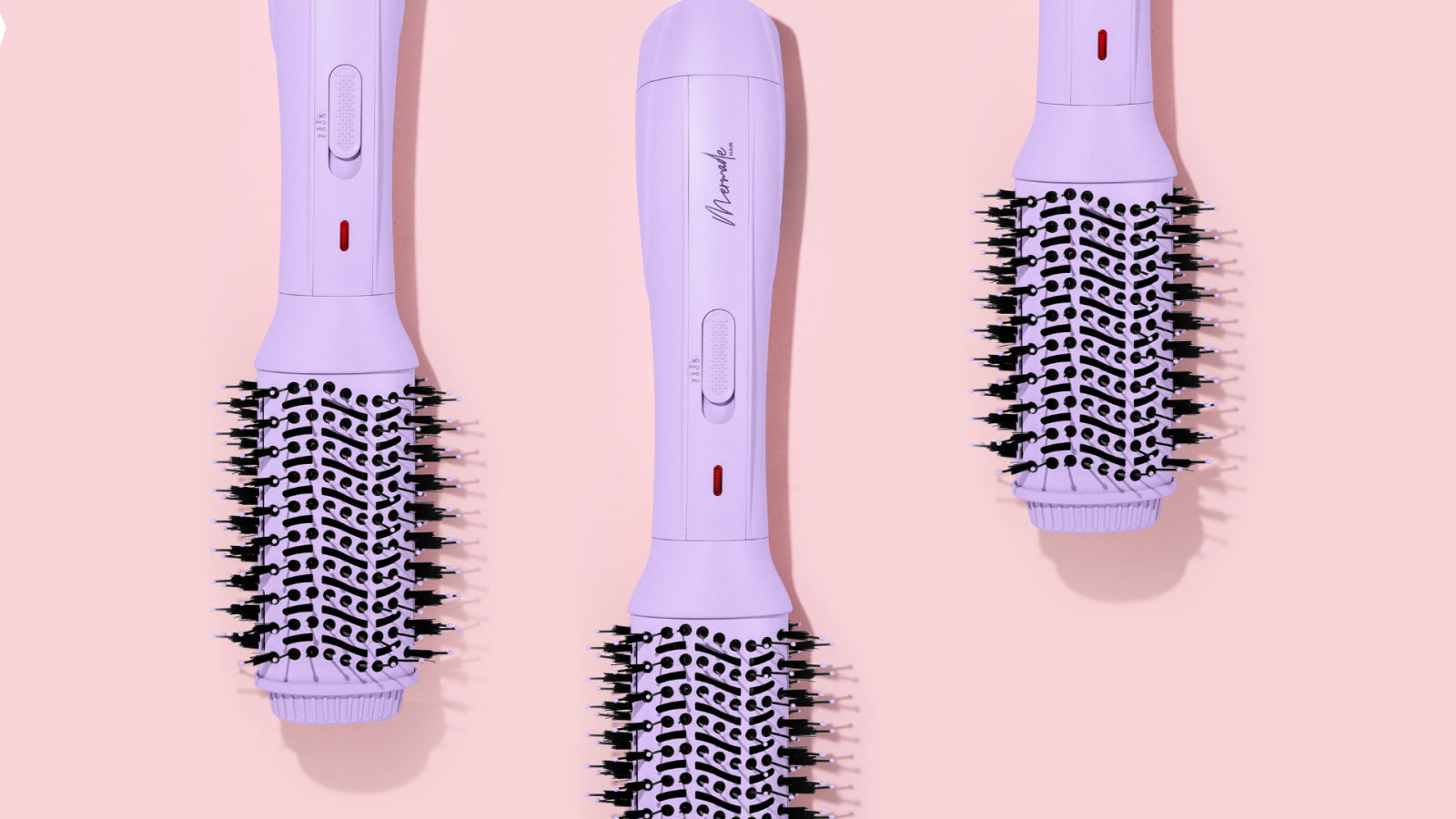
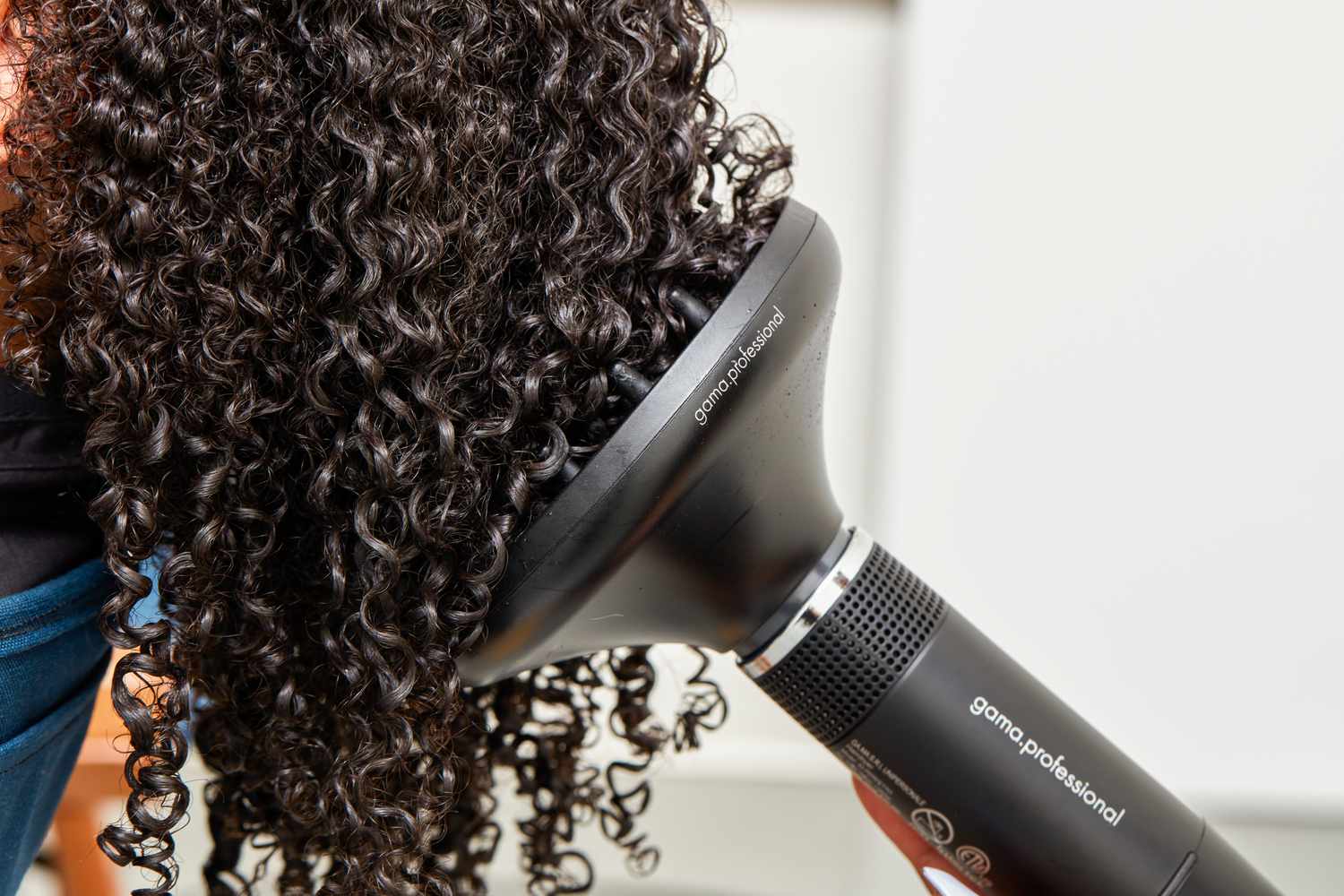
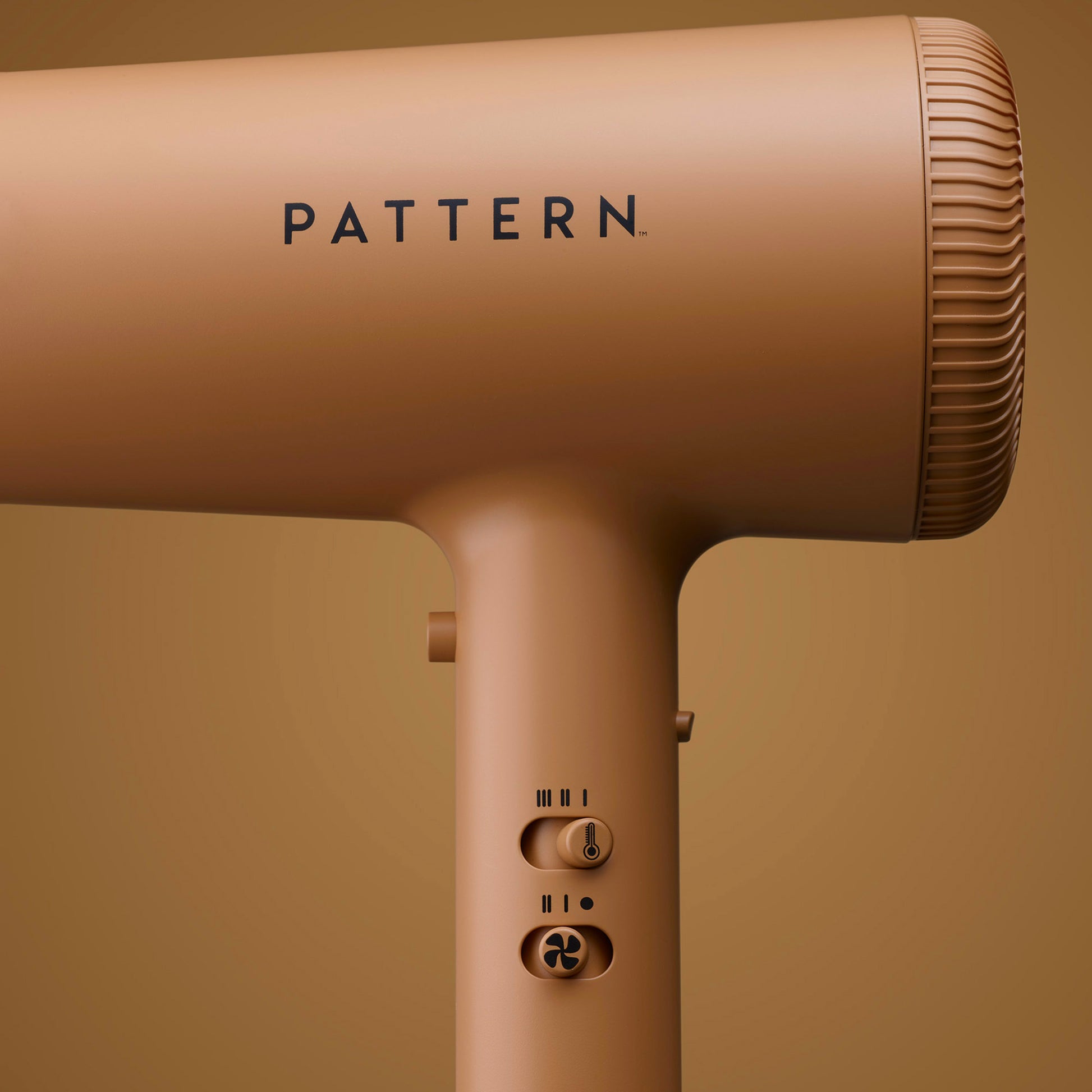
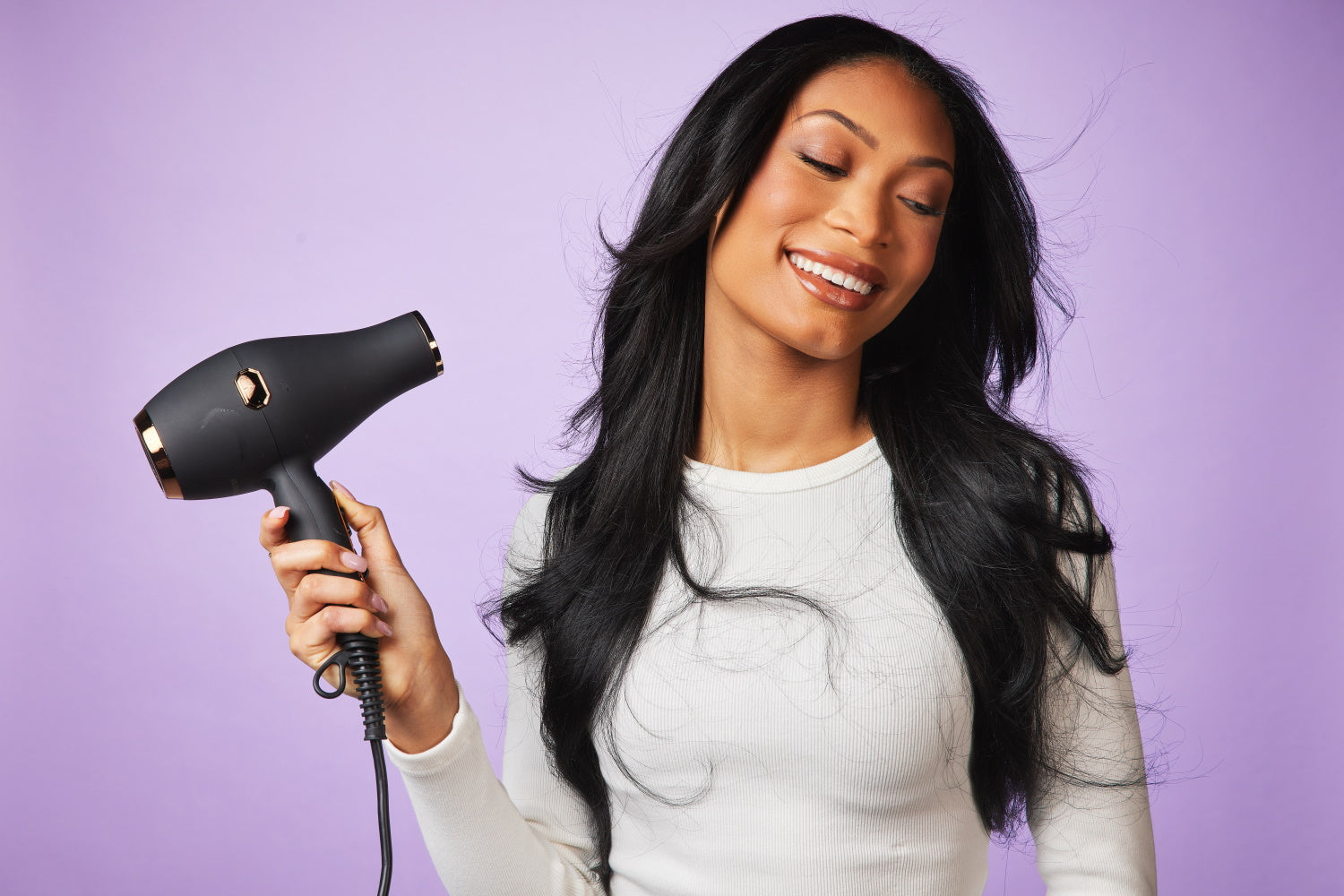
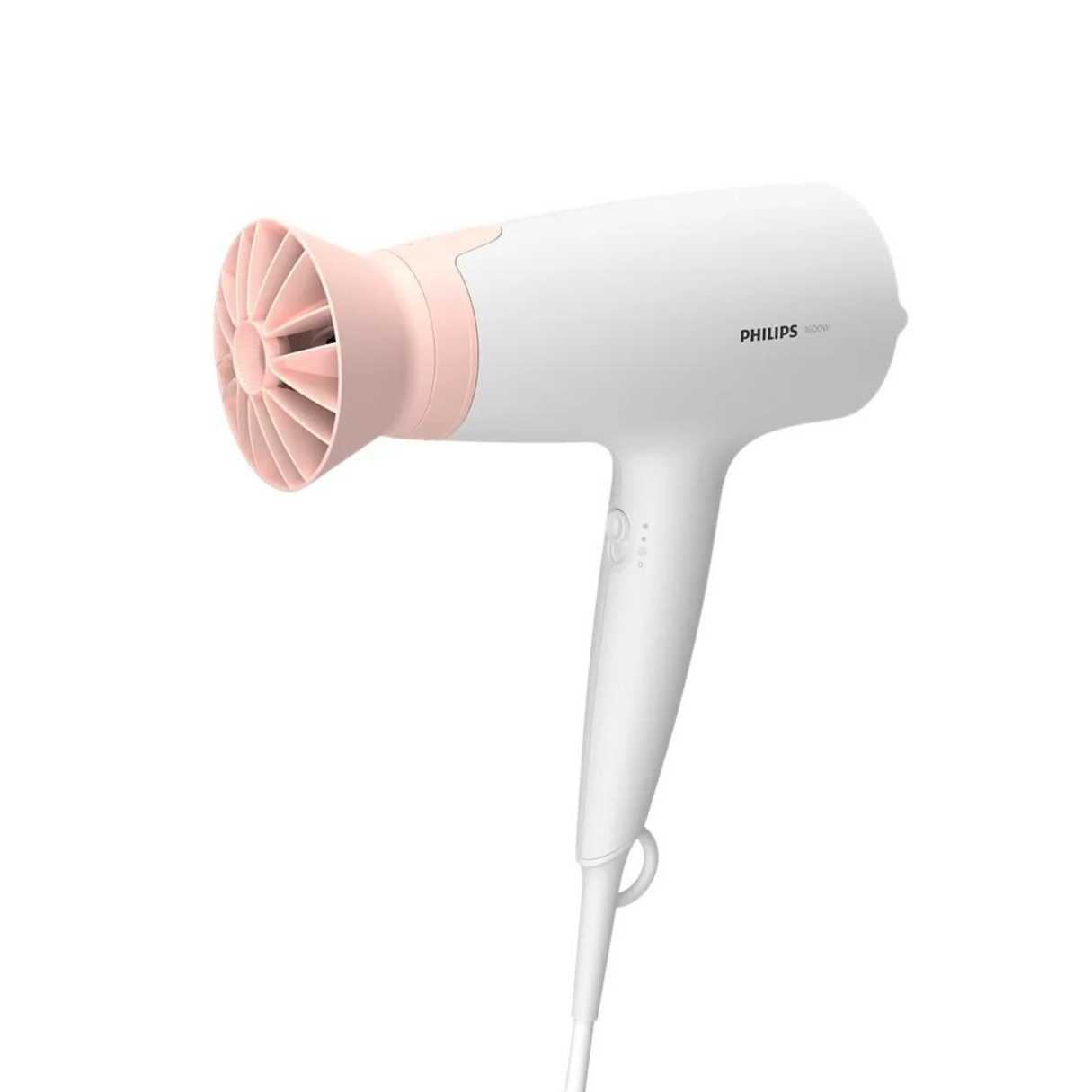
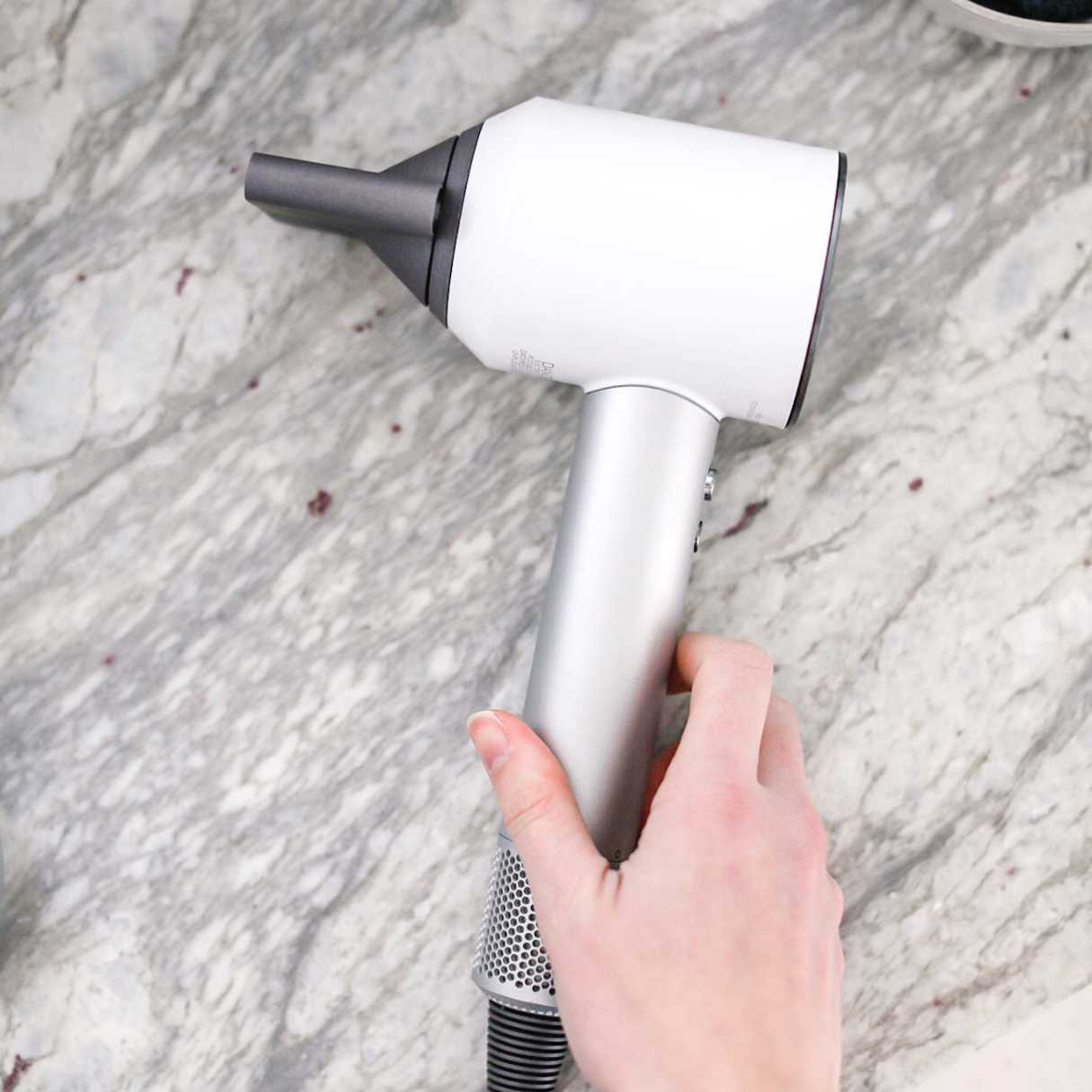
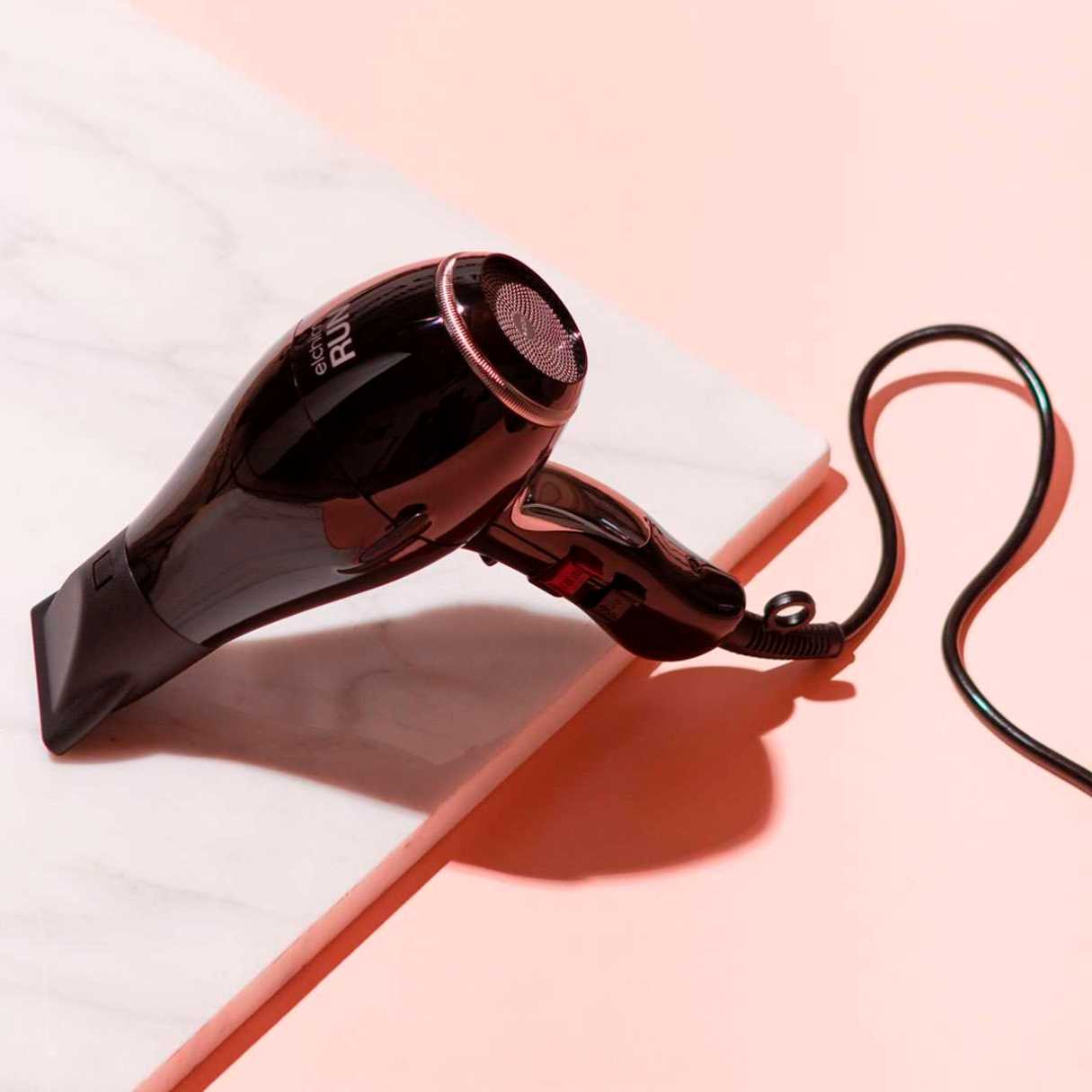

0 thoughts on “What Is Hair Dryer”